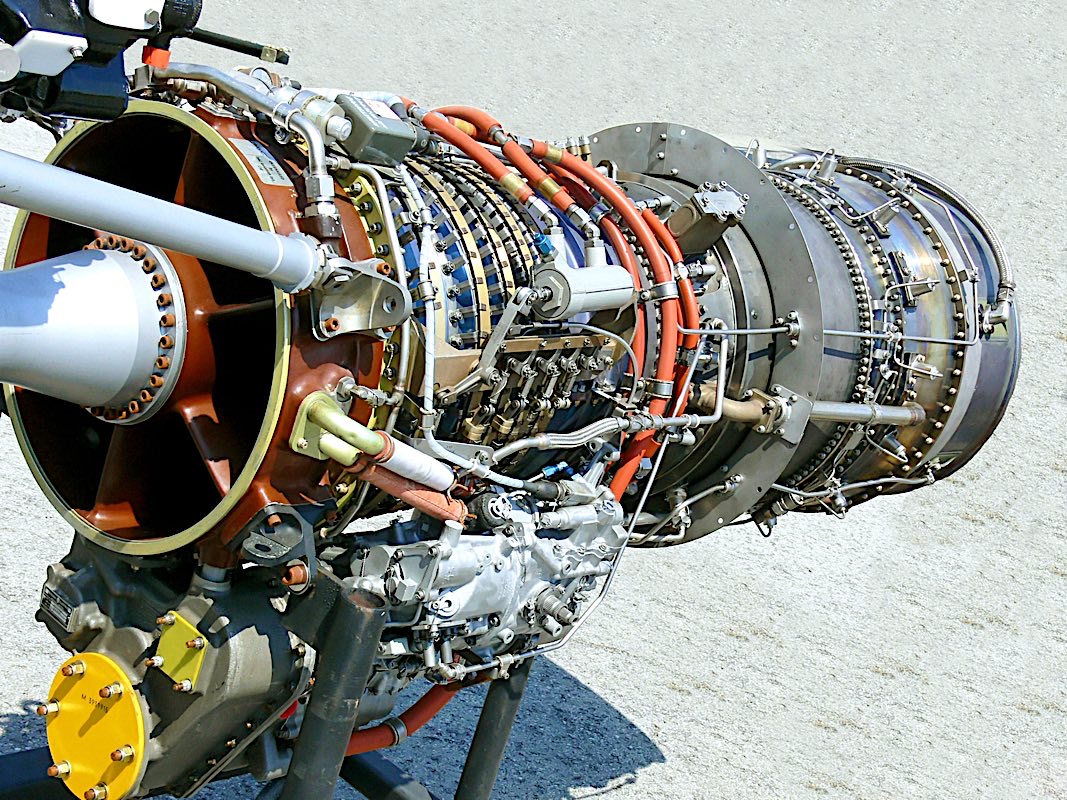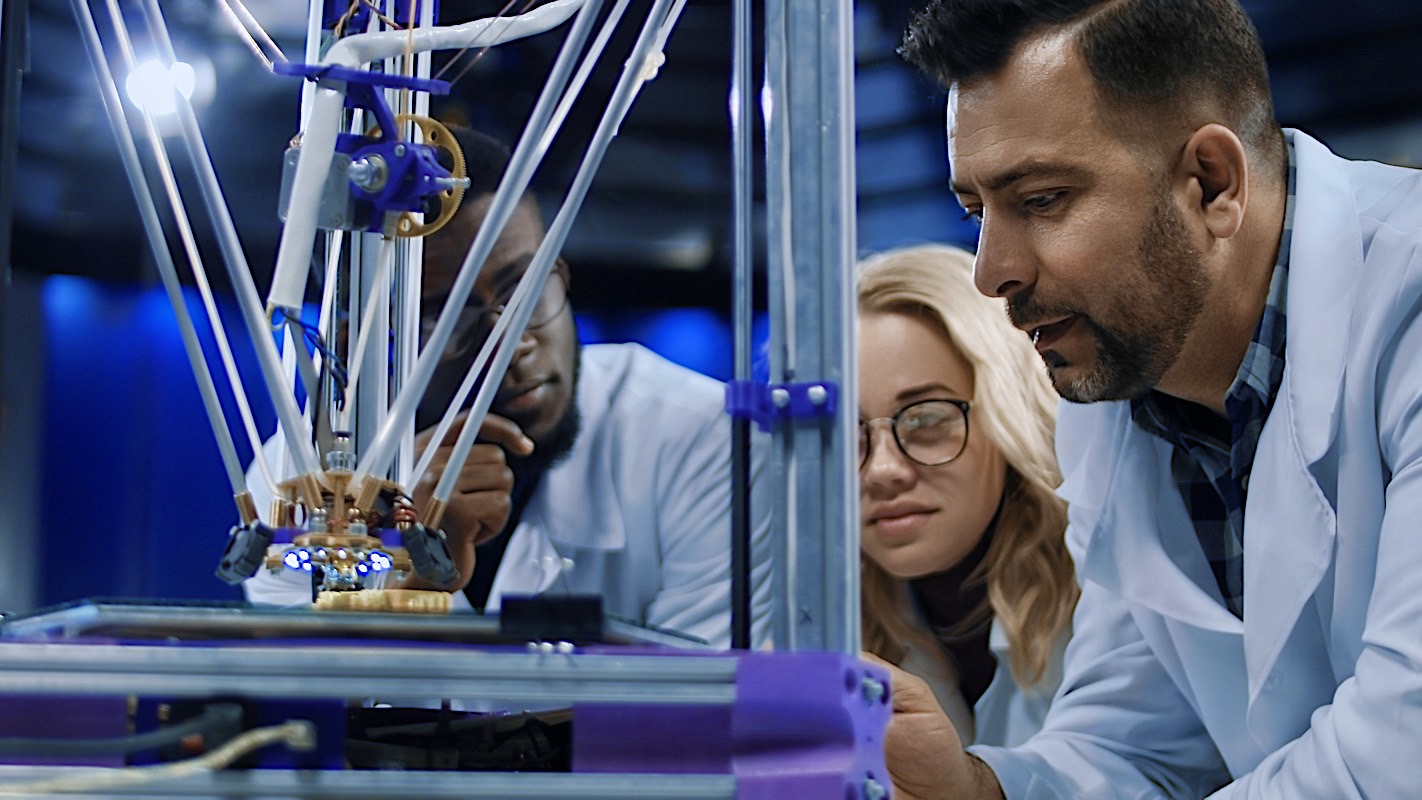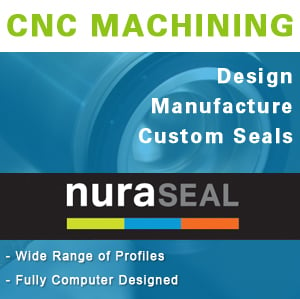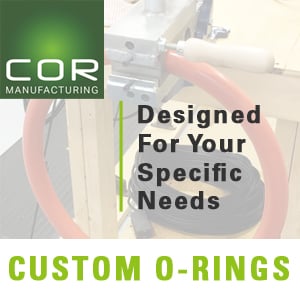3D additive printing has already had a significant lead time on supply chain management, especially in the ares of niche or shortruns. The traditional manufacturing process involves extensive lead times, significant logistics, and a warehouse filled to the brim with inventory. But here, we’ll introduce you to a technological marvel that’s set to revolutionize all of this – the world of 3D printing and its transformative impact on supply chain management.
3D printing, or additive manufacturing, empowers you to print objects layer by layer from digital model data – creating complex shapes using less material than traditional manufacturing methods. But how does this fit into supply chain management? Panic not; we’ll explore this through real-world industry examples.
“3D printing technology is set to transform the traditional supply chain model as we know it. It could potentially allow parts to be produced at the point and time of use rather than manufactured and shipped in advance.”
Professor Jan Godsell, WMG at the University of Warwick

Case Study: Fuel Nozzles for Jet Engines
One of the pioneering companies embracing this technology is General Electric. They’ve started leveraging 3D printing within their aviation division to produce fuel nozzles for jet engines. This has allowed faster production rates, and the replacement components can be fabricated as needed, thereby reducing inventory and logistic costs (GE Reports).
Similarly, Invisalign, a leading name in orthodontics, utilizes 3D printing to create personalized braces for their customers. Now instead of stocking numerous pre-made braces, Invisalign only needs to print a custom-made brace when a customer places an order. This on-demand production has dramatically reduced lead times and inventory costs (Yahoo Finance).
These industry examples indicate that the engineers of today and tomorrow will indeed need to adapt to this new manufacturing paradigm.

Fast Facts
- 3D printing, also known as additive manufacturing, allows for the production of complex parts directly from digital files, eliminating the need for traditional manufacturing processes.
- 3D printing can significantly reduce the time from design to prototype, often from weeks to hours, enabling faster innovation and time to market.
- 3D printing can reduce waste by using only the material necessary to create the part, unlike traditional manufacturing processes that often involve cutting away excess material.
- 3D printing can reduce the number of steps in a supply chain, as it eliminates the need for various traditional manufacturing processes such as molding, casting, and machining.
- 3D printing can reduce the risk of supply chain disruption, as it does not rely on a network of suppliers for different parts and materials.
- 3D printing can enable the production of spare parts on demand, reducing the need for large inventories of spare parts and associated storage costs.
How 3D Printing is Reducing Lead Times in Manufacturing
Cutting-edge technology of 3D printing now allows manufacturers to create products on-demand and just-in-time, slashing lead times dramatically.
Why is this significant? Because speed matters. In today’s hyper-competitive marketplace, the swiftness with which a company can go from concept to market can genuinely influence its overall competitive standing. By embracing 3D printing, companies have been successful in enhancing their speed-to-market, thereby setting themselves apart from their competitors.
3D printing is also aiding in solving supply chain issues that have often plagued traditional manufacturing. When products are created closer to the customer’s location, shipping times significantly reduce. Product transportation often becomes a non-concern, and this carries the beneficial side-effect of lowering a company’s carbon footprint.

Geographical Limitations
Geographical limitations? Long, convoluted supply chains? These terms have lost much of their former relevance with the advent of 3D printing. This technology fosters a disregard for time and geography, and it brings manufacturing close to home, substantially shortening the supply chain.
Advancements in 3D printing have empowered businesses to design, prototype, refine, and iterate products rapidly and efficiently. This immense flexibility has led to innovative high-quality end products that can meet consumer requirements more precisely.
Disruptions may happen in the supply chain, courtesy of a variety of factors, ranging from political instability to unpredictable weather. These disruptions have underscored the critical necessity of adopting innovative manufacturing technologies such as 3D printing, simply because it enables businesses to create their products at precise locations and times, thereby defying traditional supply chain hurdles and uncertainties.
The capabilities of 3D printing are transforming manufacturing and rewriting rules of supply chain management. It’s a new, efficient world of making things – faster, smarter, and better.
Understanding the Impact of 3D Printing on Supply Chain Dynamics
Perhaps the most significant advantage of 3D printing is its ability to drastically cut short the supply chain. Conventionally, products are manufactured in bulk in locations where it’s cost-effective, and then shipped across the globe. This long-haul journey isn’t just time-consuming and expensive, it can also create vulnerabilities in the form of delays or disruptions. But with 3D printing, this changes drastically. One could describe it as uniting the ends of the supply chain, bringing manufacturing closer to the end-user.
Instead of managing large, exhaustive inventories, companies can use 3D printing platforms to produce parts at specific locations, as and when required. There goes the need for extensive warehousing space and the logistics required to manage it. It’s easy to see how this reduces overheads and increases efficiency. Plus, with the possibility of sudden tariffs affecting international trade, having the ability to swiftly shift the production location is no less than a boon.
Geopolitical Instability
In global supply chain dynamics, Irrespective of the amount of planning done, certain factors remain out of control such as political instability, natural disasters, or a global pandemic. At such times, 3D printing presents a feasible alternative. Your business has the power to bypass these disruptions and maintain continuity.
As 3D printing continues to evolve, it’s clear that its impact on supply chain dynamics is transformative. Progressive businesses should therefore strategically position themselves to harness the potential benefits of this technology. Indeed, executives must be poised and ready for this 3D printing revolution. It not only reduces lead times but also presents opportunities for businesses to gain a competitive advantage through unprecedented speed-to-market.
3D Printing: A Game Changer for Warehouse Management
With 3D printing, manufacturing comes close to the point of sale or usage, directly changing the dynamics of warehousing. The days of maintaining an extensive inventory could become history as you begin adopting 3D printing technology. This change will allow you to significantly slash your warehouse expenses by reducing inventory levels, thus resulting in lower overhead costs and a better managed workspace. This innovative approach to managing your warehouse optimizes the efficiency and agility of your operations.
In an era of growing supply chain disruptions, 3D printing illustrates a promising path forward. Not only does it provide the ability to print products closer to the customer, but it also eliminates the need to rely on overseas manufacturers, reducing long lead times and increasing productivity. So, it’s high time you consider embracing 3D technology — the approach that’s revolutionizing warehouse management.
Furthermore, the technology assists companies in overcoming supply chain uncertainties by allowing them to print parts at exact locations and times they are needed. Through this, 3D printing offers an opportunity to effectively circumnavigate tariffs and logistics issues, presenting a major opportunity for companies to re-engineer their supply chain operations for a competitive edge.
While 3D printing is unquestionably transformational, it’s important to remember that integrating it into your operations involves creating a strategy. This includes considering factors such as appropriate software implementation, cost-benefit analysis, workforce training, and necessary regulatory compliances. With a well-planned strategy and thoughtful execution, though, you could harness the power of 3D printing to reshape your warehouse — and perhaps even revolutionize your entire supply chain.
The Green Impact: 3D Printing and Sustainable Supply Chain Management
One compelling aspect of 3D printing technology is its capacity to become a stalwart of sustainable manufacturing. This earth-friendly approach is especially notable as we grapple with pressing environmental change. How astounding is it to know that 3D printing can not only transform supply chain management, but also does so in a way that’s good for our planet?
Our traditional manufacturing systems often encourage wasteful practices, such as overproduction and high energy consumption. However, 3D printing ushers in a new era of efficiency. It creates minimal waste, optimizes material usage, and can operate with less energy, thus helping to reduce the environmental footprint of the manufacturing process.
Specifically, traditional techniques can often result in up to 30% material being wasted in the manufacturing process. 3D printing, on the other hand, is what we call an ‘additive’ production process. This means it only uses the quantity of material needed to create the specific part or product, thereby minimizing waste and promoting sustainability.
Furthermore, 3D printing can reduce the need for long-distance shipping of products or parts across the globe. When products are created closer to where they are needed, we decrease the need for long supply chains and excessive transport. This, in turn, can tremendously diminish greenhouse gas emissions – a crucial step in combating climate change.
Also, think about the potential for using recycled materials in the 3D printing process. A whole new world opens up for recycling and reusing raw materials that might otherwise be discarded.
Essentially, 3D printing can play a vital role in creating a more circular, sustainable economy – which is not just beneficial, but absolutely necessary for our future. Looking at it this way, it’s clear that 3D printing is a game-changer. Not only is it revolutionizing supply chain management, enhancing efficiency and reducing lead times; it’s also shaping an eco-friendly and sustainable approach to production in our world.































